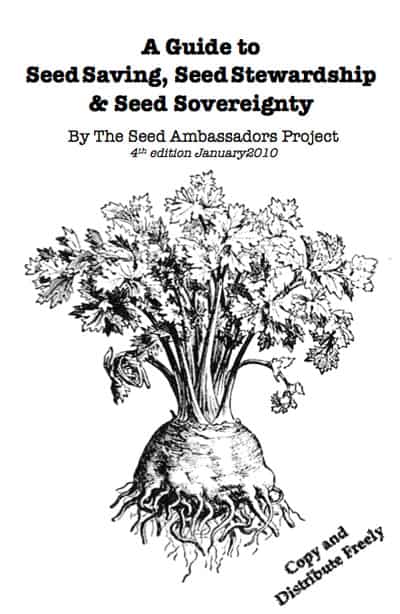"He's so ready, he's doing a video about a WEED!"
What is a weed? A plant whose virtues have never been discovered. - Ralph Waldo Emerson
According to Merriam-Webster.com the definition of a weed is: a plant that is not valued where it is growing and is usually of vigorous growth; especially : one that tends to overgrow or choke out more desirable plants
So, the location of growth is a true factor in the label of weed. Sadly, many plants get labeled as weeds regardless of where they grow. Many plants have acquired the label, "Weed" or "Invasive" that are actually quite beneficial; especially in our population that loves a manicured lawn or weed free fields.
 |
| Raw Purslane 1cup Nutrition Data, Self.com |
So, the location of growth is a true factor in the label of weed. Sadly, many plants get labeled as weeds regardless of where they grow. Many plants have acquired the label, "Weed" or "Invasive" that are actually quite beneficial; especially in our population that loves a manicured lawn or weed free fields.
Purslane is a "weed" that actually has many nutritional benefits and is a good source of heart healthy Omega-3 fatty acids, somewhat rare in plants. It can be used in stews as a thickening agent, and as a topical ointment similar to aloe vera.
Learn more in this video (look, no snow!)
Abstract: "...Portulacanones A-D is the first group of homoisoflavonoids so far reported from the family Portulacaceae. They represent a rare subclass of homoisoflavonoids in nature with a structural feature of a single hydroxyl group substituted at C-2' rather than at C-4' in ring B of the skeleton. Three homoisoflavonoids and the known compound 2,2'-dihydroxy-4',6'-dimethoxychalcone selectively showed in vitro cytotoxic activities towards four human cancer cell lines..."I encourage you to plant or leave some underappreciated plants here and there in your landscapes. If they are in a spot on purpose, they are no longer a "weed." Show others their subtle beauty and share the knowledge of their benefits. You might even have the opportunity to share them with guests in a meal.
If you would like help with an edible and sustainable landscape, with a few surprises hidden in, contact me and I will help you get started, with a design or even a full installation and maintenance plan.
Don't forget the Seed Exchange is this coming weekend! Have great week!














